Kleiner’s Kolumn: Removal of the Central Avenue/LIRR Motor Parkway Bridge
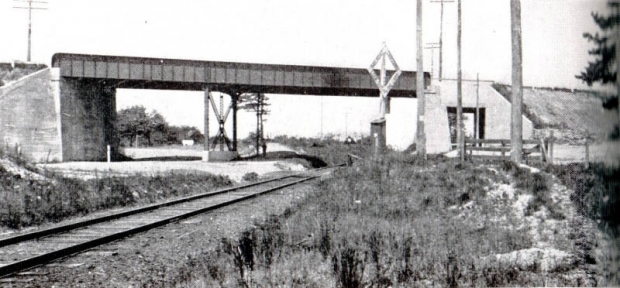
Art Kleiner has explored recently obtained surveys and maps from the Nassau County Department of Public Works to focus on the removal of the largest bridge built for the Motor Parkway.
Enjoy,
Howard Kroplick
Kleiner's Korner: Removal of the Central Avenue/LIRR Bridge
By Art Kleiner
Documents from the Nassau County Department of Public Works provide a look at Nassau plans to remove the Central Avenue/LIRR Motor Parkway Bridge in Bethpage. Being the longest bridge constructed for the Motor Parkway, it had to go over two roads (Central Avenue and the Stymus farmway tunnel) and the LIRR. The bridge's construction material (steel instead of concrete) needed to adhere to LIRR requirements which made it different than most other bridges. One of the earliest bridges constructed, it was built rapidly between June and October, 1908 in order for use as for the Motor Parkway Sweepstakes (October 10, 1908) and the Vanderbilt Cup Race (October 24, 1908). And, while some clues are noted below, the actual date of its demolition is in question.
Planning
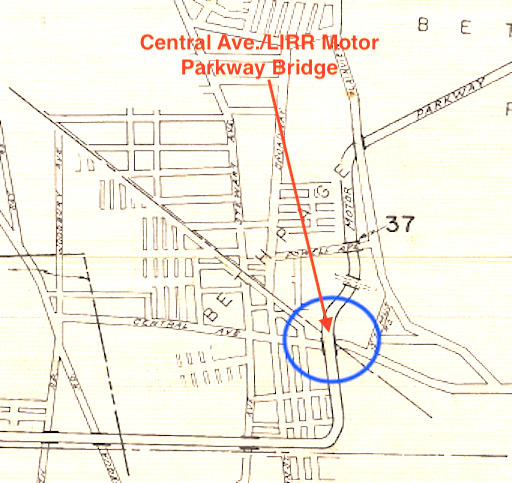
The bridge was not slated to be removed in the original 1938 plans that Nassau County developed for the disposition of the Motor Parkway. However, the Powell Avenue bridge, #37, was to be removed. (Nassau County Public Works)
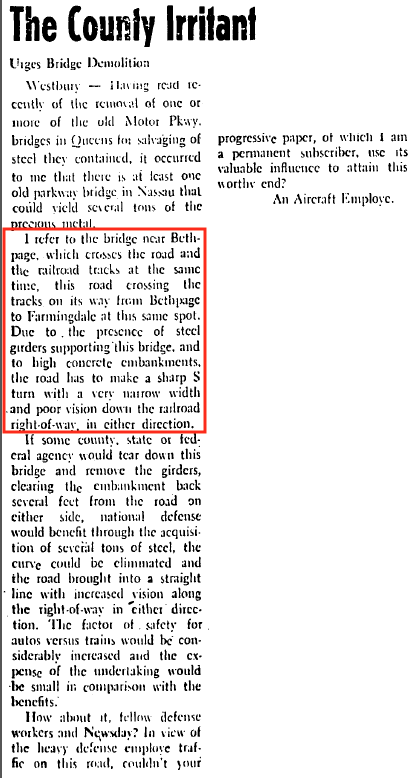
As early as 1942 at least one local resident sought the bridge's removal for safety reasons and to aid the war effort. (Newsday, August 19, 1942)
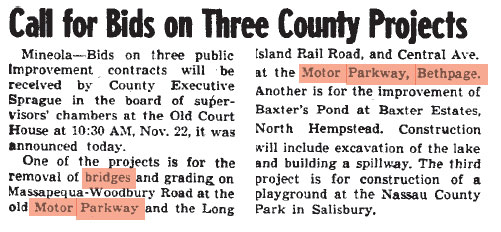
The county asked for bids for the removal of the bridge in 1949. (Newsday, Nov. 1949). However, when the bridge actually was removed is up for discussion.
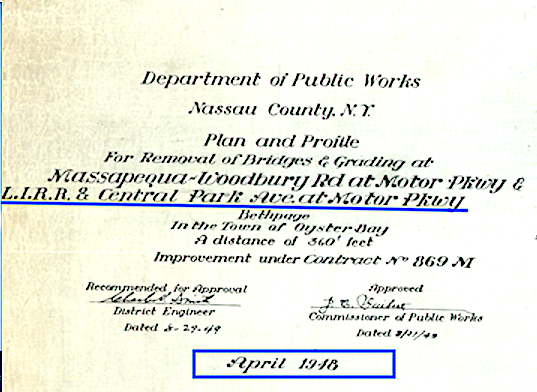
Nassu County Contract No. 869 M reflected the "Plan and Profile for the Removal of Bridges and Grading at" two Motor Parkway bridges (Massapequa-Woodbury Road and the Central Ave./LIRR bridge). (Nassau County Public Works)
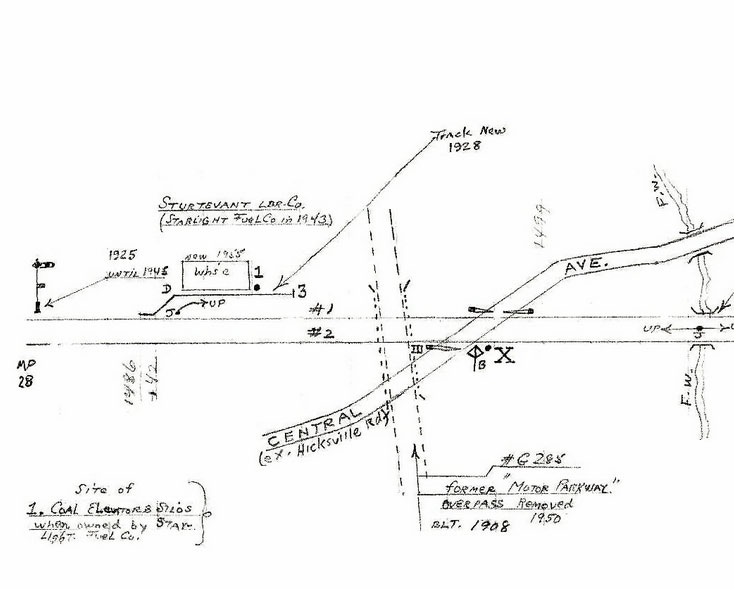
This 1958 map indicates the former Motor Parkway overpass being removed in 1950, however this may not be the case. (trainsarefun.com)
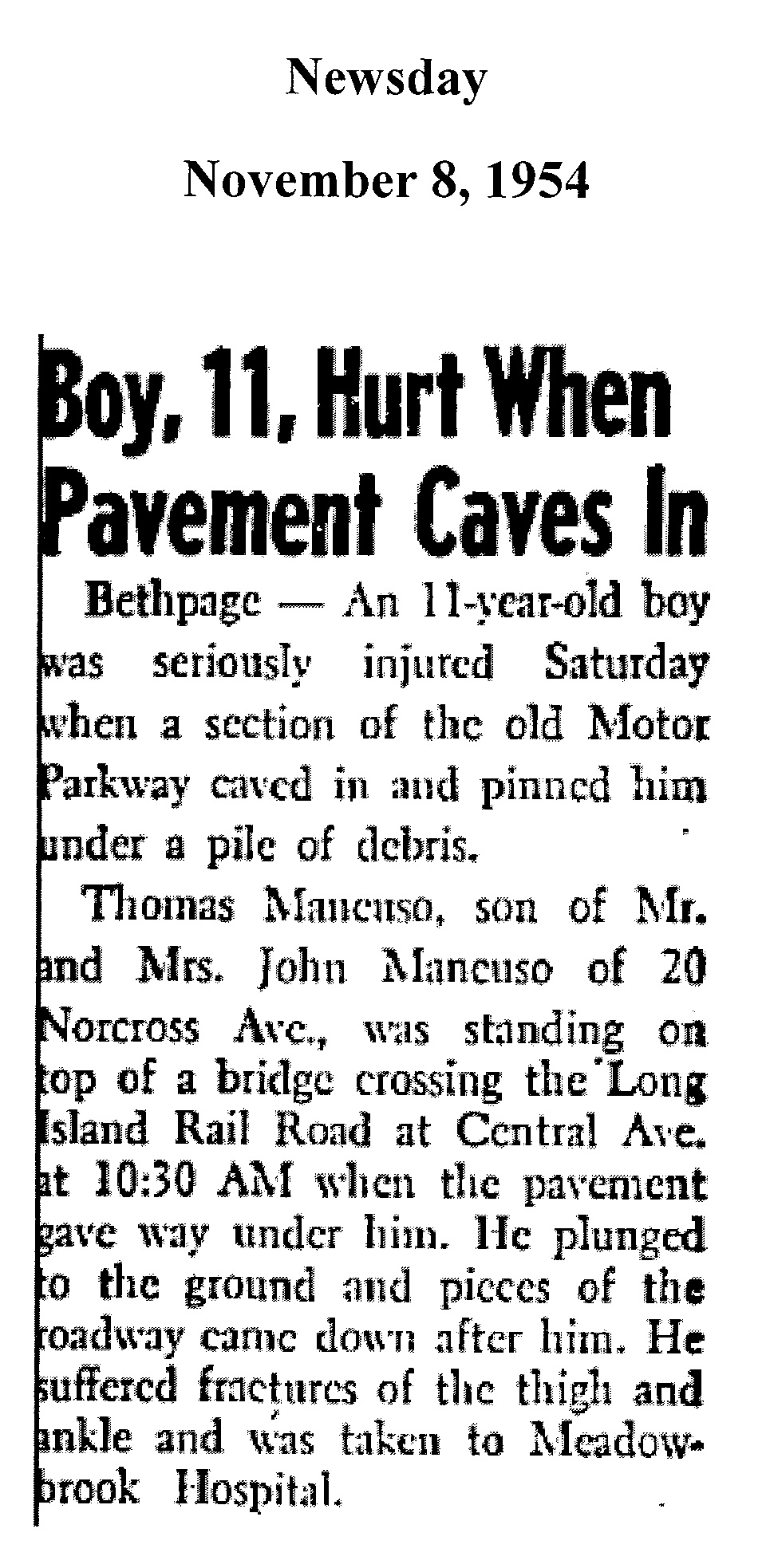
These Newsday articles from 1954 and 1955 would indicate the bridge had not yet been fully removed and had become a safety hazard. Lenny Mulqueen from the Central Park Historical Society confirmed this at the Oct. 22 presentation and indicated the young boy who incurred the injury was a friend of his and while the overhead tressle had already been removed the abutments still remained.
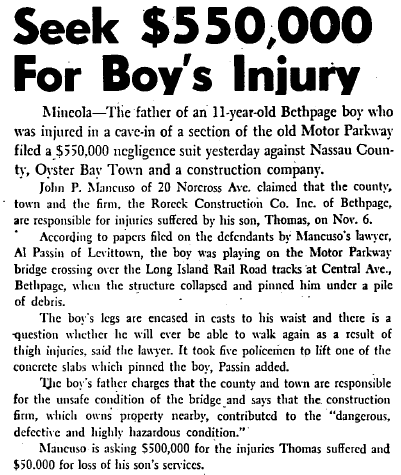
The accident resulted in a lawsuit filed against Nassau County of which final disposition has not been found. Anyone with further documentation or thoughts as to when the bridge and abutments were actually removed, please comment.
Detailed Plans
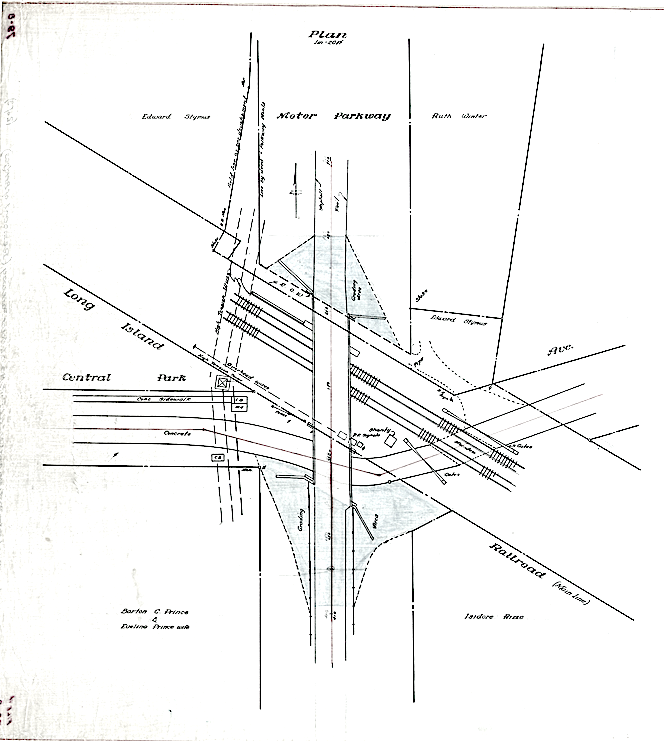
I certainly am not a Civil Enginner so I don't profess to understand much of what is included in the plans. If you happen to know, please provide your input. All plans courtesy of Nassau County Public Works
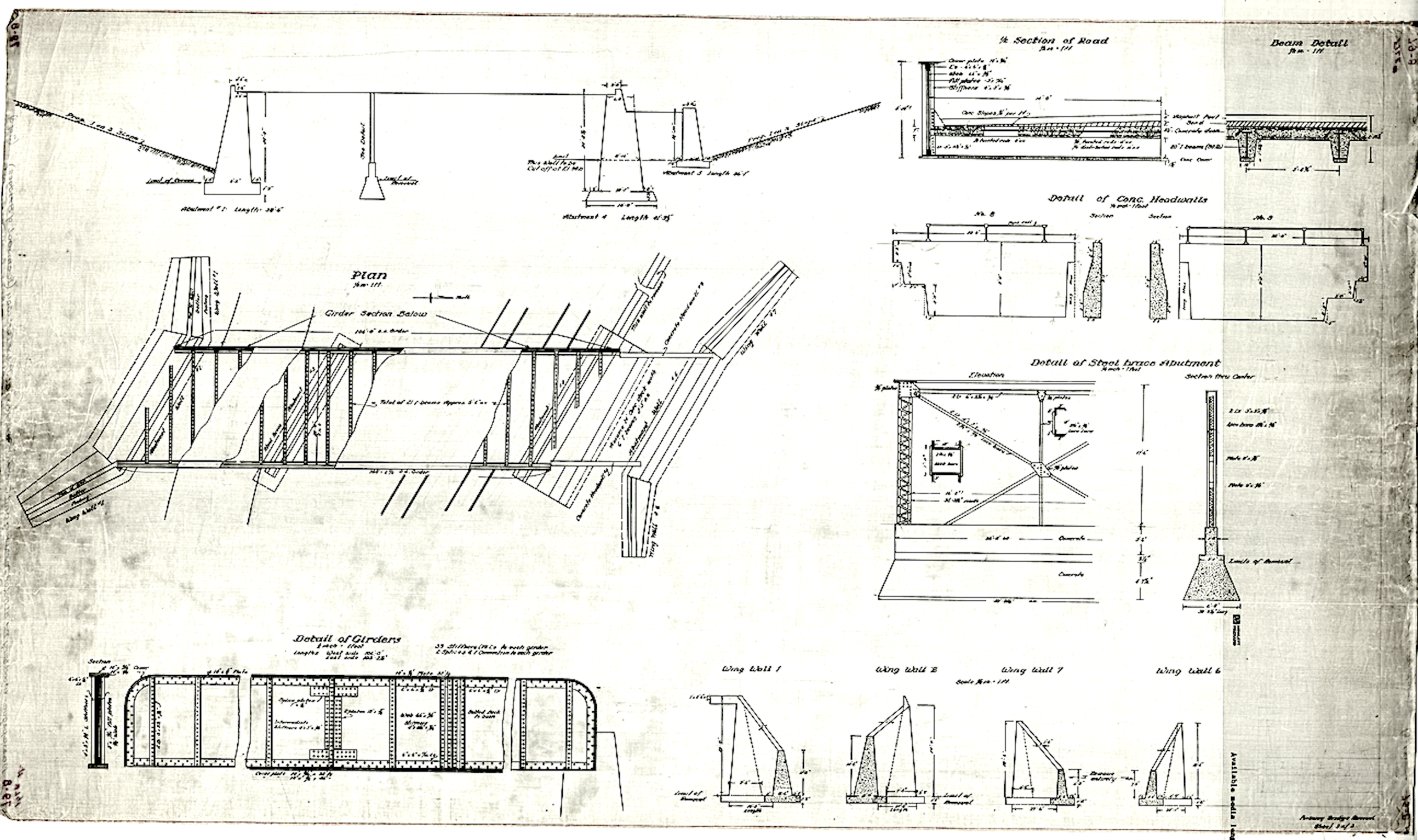
The plan was laid out on one sheet.
Girders, I-Beams
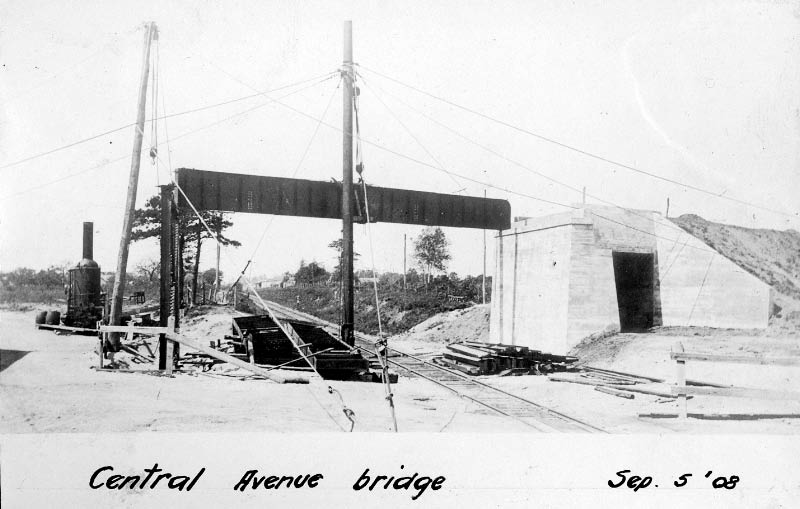
Going up in 1908 (Garden City Archives)
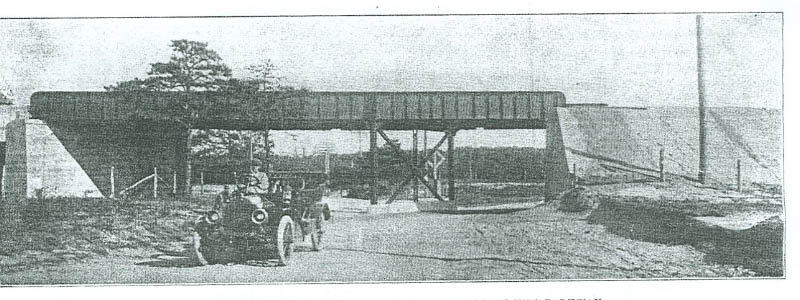
Completed and in use.

And coming down!
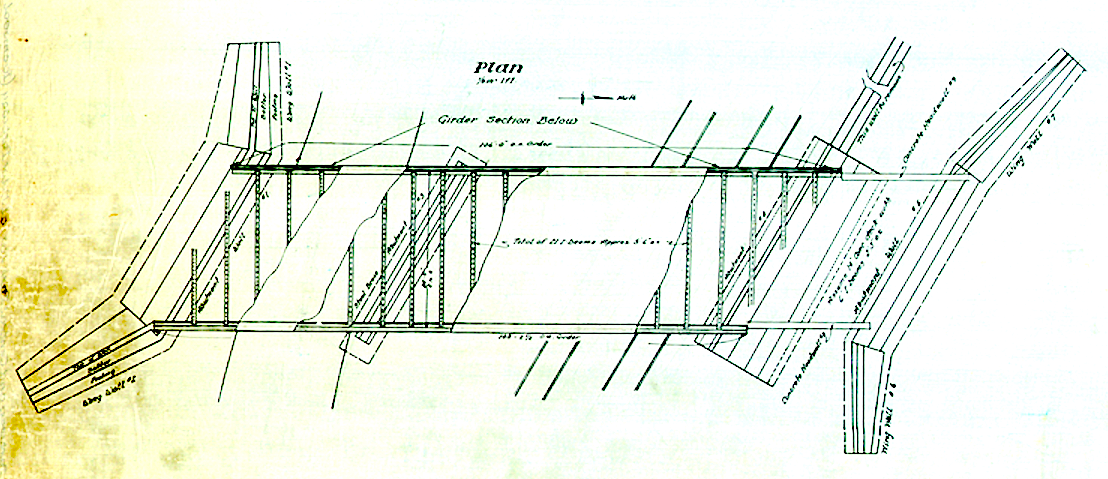
A total of 21 "I" beams needed to be removed.

Exact measurements were taken.
Steel Brace
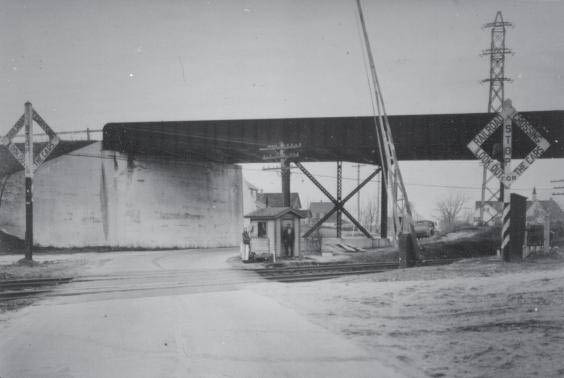
The steel brace (the "X) supporting the bridge needed to be removed.
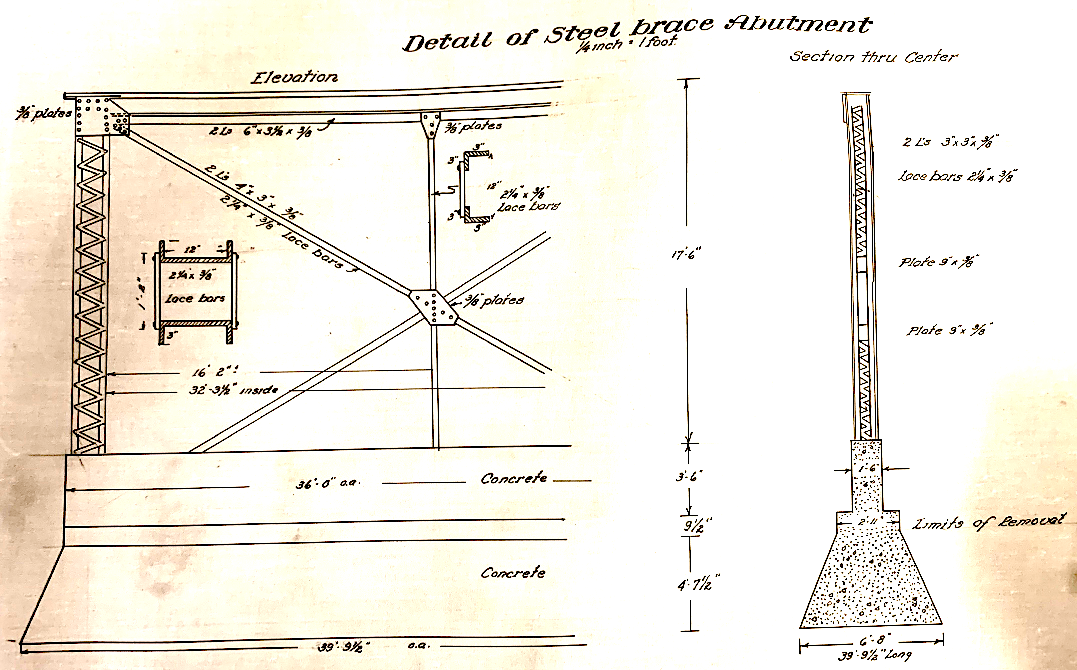
Wing Walls, Abutments, Headwalls and Beams


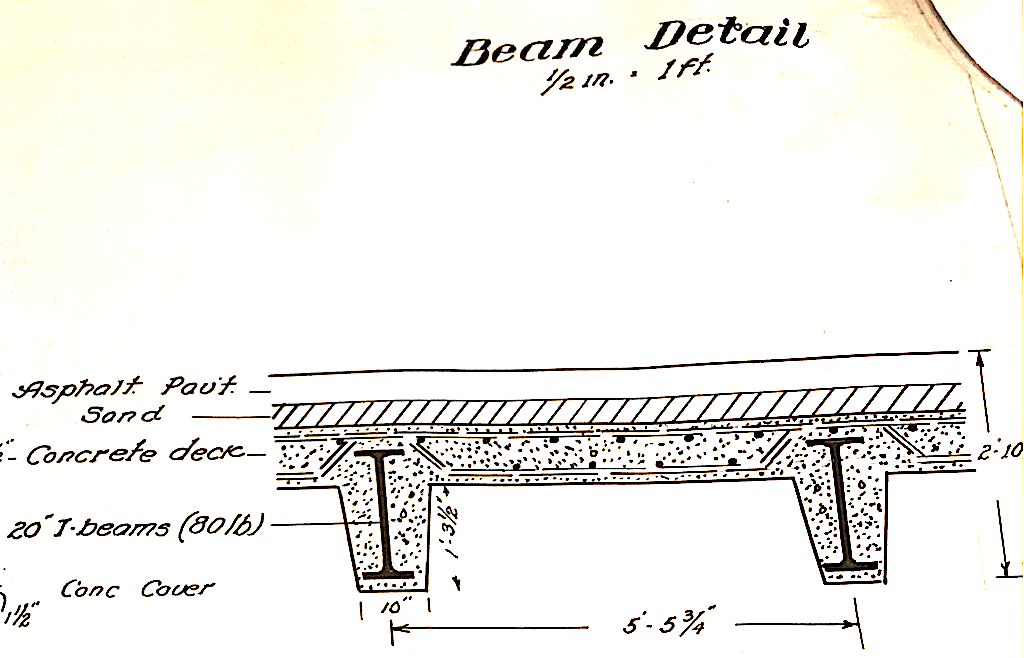
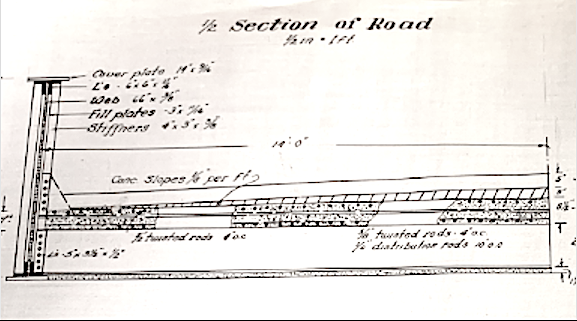
All that Remains

Eventually the bridge did come down completely; the site today is marked by a historical marker courtesy of the Central Park Historical Society placed on the north side of Central Avenue were the bridge abutment would have been.
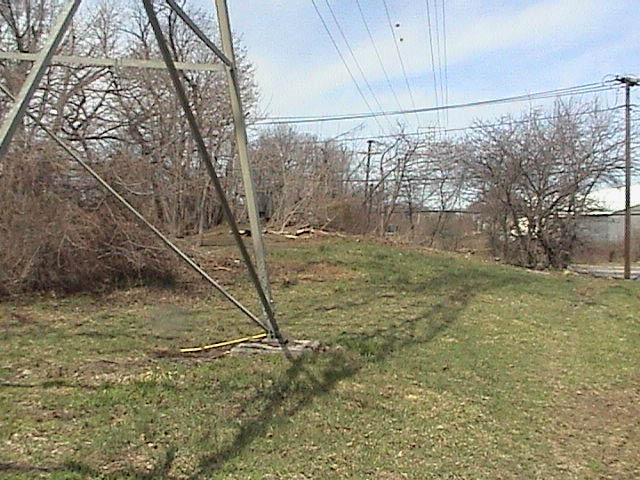
The hill on the south side of Central Avenue is the location of the south abutment.
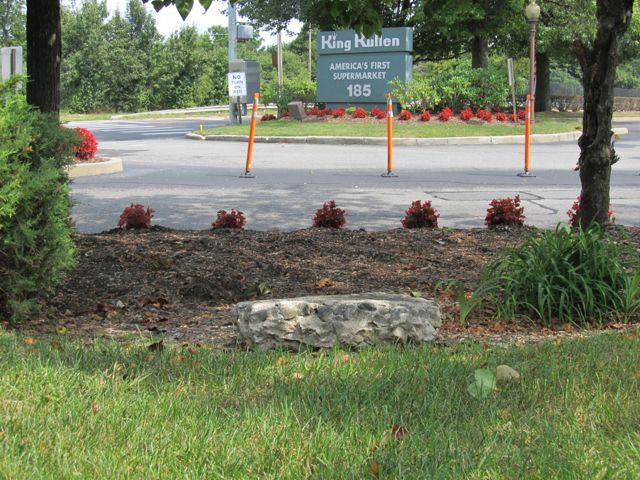
The location is next to the headquarters of King Kullen supermarkets (soon to be Stop and Shop) and a few years ago it was only fitting that a remnant of the first toll road exclusively for automobiles sat along side a sign proclaiming the site of America's first supermarket (at least its headquarters). And so like the Motor Parkway and its brigdes, this sign will most likely also be removed. But that's for the supermarket historians to document.

Comments
I recall the 11/8/1954 article from a past blog. A strong guess is that the boy was on the LIMP N/O the LIRR. The 1953 aerial below shows the ENTIRE bridge removed, but the remaining berms were cut back JUST ENOUGH for Old Central Ave & the LIRR. Norcross Ave was not yet extending S/O Revere Ave. The 1966 aerial seems to show the south extension of Norcross and the berm appears to be removed, but it’s ‘footprint’ is visible. So this berm must have been completely removed with the extension of Norcross Ave, which ‘looks recent’ in 1966. The berm on the south side of Central was cut back again with the new route of Central Ave. There’s still an incline in the PSEG row.
I do hope this unfortunate accident didn’t cause a future disability for him.
Art - Amazing schematics of the parkway and bridges; particularly the ‘Detail Plans’ showing Central Ave eastbound just before reaching the Motor Pkwy bridge, curving SE first, then immediately curving NE before crossing the RR tracks. I remember this twist took a while to figure out using the 1926 aerial below. Here it is now accurately drawn in plain sight! Great stuff, thanks for sharing
Anecdotally, 30 years ago a friend of mine was working for the LIRR. He told me another employee had walked the tracks for years, and made dozens of hand drawn maps of the railroad tracks. When this mapmaker retired my friend asked for copies of everything, and he gave them to him. We looked at his drawing from Bethpage. His hand written note regarding the LIMP crossing just said “Removed 1950.” Don’t know what that is worth, but it has always remained in my mind.
Thanks Joe, another piece of information to help make a conclusion.
The information continues to grow with the history of the LIMP and Bethpage. We thank you for that. Central Park Historical Society
Art, Great write up of the Central Ave./LIRR bridge and it’s ultimate fate, well done. With regard to the confusion over the actual removal date let me describe a possible scenario. The Parkway bridge over Clinton Rd. in Garden City was taken down the week of April 2nd 1939. However, the outer abutments were not removed until April 1944. Could something similar have happened at Central Ave. ?
Al - thank you. Yes, the scenario of removing the bridge but not the abutments appears to be the conclusion I’m also coming to with other bridge removals. As we’ve seen, this practice has led to unforeseen accidents causing injuries, so ultimately the abutments needed to come down.
Art, Your welcome. Like you I was also impressed how quickly the bridges went up. With regard to the Central Ave./LIRR bridge their was an additional concern. Supplying the steel and erecting the same at this location was by the Miliken Bros. of Brooklyn who the year before in 1907 had declared bankruptcy. Two of the girders they supplied were 110 feet long each. I wish I could have seen how they managed to raised these to the 24 foot height mandated by the LIRR. They were paid $4,561.25 for their efforts.
Another great picture during construction of the bridge.